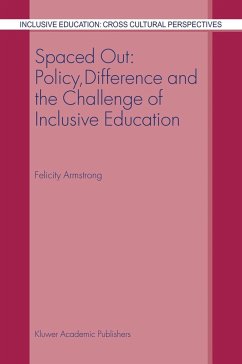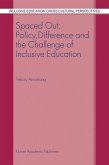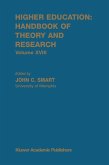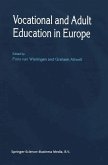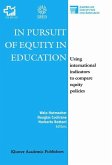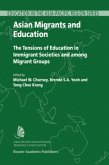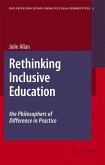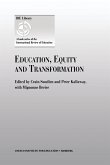This is an extremely important book containing a wealth of ideas and insights and raising important questions for discussion and further exploration. In a lucid and cogently argued analysis, the author both challenges dominant ideas and interp- tations and provides some alternative innovatory perspectives. These include, the making and meaning of policy; the varied and complex ways in which inclusion and exclusion can be understood; the nature and function of categorisation, labelling and discursive practices within official discourse and procedures and the position and relationship between space, place and identities in relation to the experience of marginalized people including disabled children and young people. Drawing on concepts and insights from social and cultural geography Armstrong is able to seriously examine and discuss daily activities within institutional and social settings in England and France from several different angles. In sensitive, thoughtful and imaginative ways the micro-politics of social settings and encounters are explored through a process of deconstruction and reconstruction. Subtle, overt and contradictory features of interactions are carefully identified and critically discussed. This covers how meanings, decisions and outcomes of such encounters are developed, challenged and changed. Both in relation to discussions of the history of special education and her cri- cal self-reflections on the research process, the author challenges homogeneous conceptions and sanitized accounts of what, she argues, is an essentially messy process. It is the unevenness, discontinuities and contradictions of social conditions and relations that are depicted in insightful and disturbing ways.
Bitte wählen Sie Ihr Anliegen aus.
Rechnungen
Retourenschein anfordern
Bestellstatus
Storno

